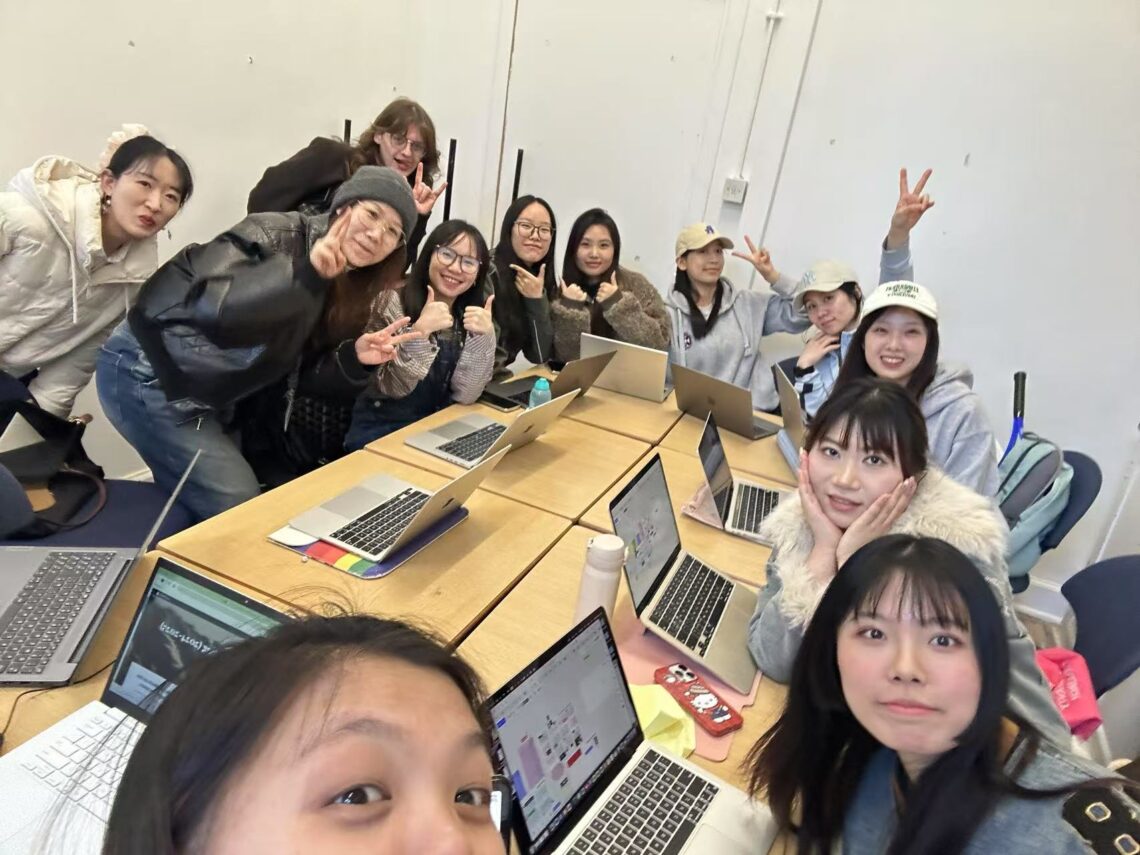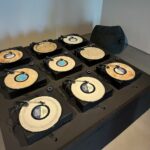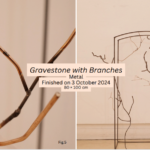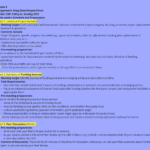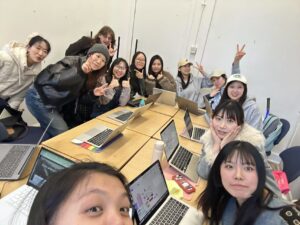
Refining the Exhibition Concept
This week’s group meeting was a critical moment in advancing my exhibition concept. The focus was on consolidating the key themes, refining the curatorial logic, and integrating more interactive elements to enhance audience engagement. Through discussions and peer feedback, I gained insights into the spatial dynamics and the importance of a clear, immersive curatorial structure.
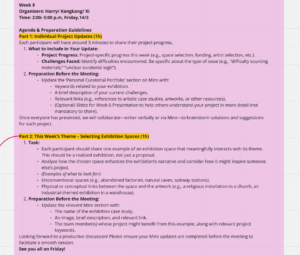
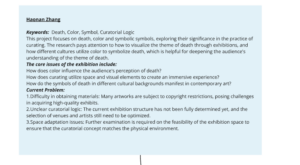
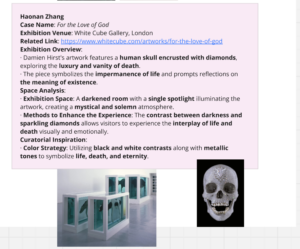
Exhibition Progress & Challenges
During the meeting, I presented the latest developments in my exhibition planning. This included:
- Venue considerations: Evaluating potential spaces that align with the exhibition’s atmosphere.
- Material selection difficulties: Many artists’ works require specific permissions or licensing.
- Curatorial logic refinement: Ensuring that the chosen artworks and spatial design align with the core narrative.
One of the key challenges I encountered was balancing conceptual depth and accessibility. Through discussions, I realized that some elements of my exhibition were too abstract and needed clearer framing to be more engaging for the audience.
Exhibition Space Case Study
As part of this week’s task, we analyzed existing exhibitions to explore how space enhances the thematic depth of a show. I examined Damien Hirst’s “For the Love of God” at the White Cube Gallery, focusing on:
- Darkened environment & spotlighting: Creating an immersive and solemn atmosphere.
- Contrast between light and materiality: Diamonds encrusted on the skull reflecting impermanence and vanity.
- Color strategy: The interplay of black, white, and metallic tones evoking life, death, and eternity.
This case study reinforced the idea that lighting, spatial arrangement, and sensory engagement are crucial in shaping visitors’ emotional responses.
Reflections & Next Steps
One of my biggest takeaways was the importance of balancing background storytelling with the actual exhibition experience. In my previous presentations, I spent too much time explaining the conceptual foundations rather than showcasing the exhibition’s physical layout. Moving forward, I plan to:
- Streamline my presentation: Focus on how visitors will experience the exhibition.
- Integrate multi-sensory elements: Enhance engagement through sound, scent, and interactive installations.
- Refine the selection of case studies: Use more direct examples that support my exhibition’s theme of death and color symbolism.
Conclusion
This week’s discussion and teamwork strengthened my approach to curating. By critically engaging with my peers and evaluating real-world exhibitions, I now have a clearer strategy for refining my exhibition and making it more immersive, structured, and emotionally impactful. My next step is to finalize my spatial layout and begin drafting the audience journey through the exhibition.
- Hirst, D. (2007). For the Love of God. White Cube Gallery.
- Pastoureau, M. (2017). Black: The History of a Color. Princeton University Press.
- Sartre, J.-P. (1943). Being and Nothingness. Gallimard.
- Zhuangzi. (4th Century BCE). Zhuangzi (Chuang Tzu).
